How to Fit Wildland Fire Boots: 5 Tips to Get the Right Fit
Your feet are the foundation of your firefighting success, so let's make sure you've got the perfect boots to withstand those challenging conditions.
These are the five most important factors to consider when getting the ideal fit for your wildland fire boots, ensuring support and comfort when you're out battling the flames.
Remember, when the going gets tough, it's the tough who get going---and that starts with a reliable pair of work boots. So here’s how you get the right fit for your next pair of fire boots.
5 Factors in Finding the Perfect Fit for Your Wildland Fire Boots
1. Flex Point

First and foremost, when you're searching for a new pair of boots (or contemplating whether to keep the ones you recently bought), it's essential to focus on the flex point. Put the boots on and take a brief walk, observing where the boot bends naturally—that's the flex point.
Ideally, this bending area should align with the natural flex point of your foot—where your toes and the ball of your foot meet.
If your boots flex in the middle or too close to the toe cap (a common issue with cheap, poorly tested boots), you might experience discomfort. This can lead to rubbing, insufficient support, and even the unwelcome plantar fasciitis.
While many boots are made from stiff leather and don't flex much initially, you can still find the flex point. After some break-in time, you'll be rewarded with a comfortably fitting pair of boots.
A helpful tip for checking the flex point is to observe the boot's widest part. As your foot widens at the ball, the boot should expand accordingly to provide a proper fit.
We always recommend trying your boots indoors on a carpeted floor. Most brands only accept returns if the boots don’t have scuffed up soles, so trying the boots on carpet first is a great way to avoid that.
2. Check the Heel

In many instances (especially when purchasing a high-quality pair of boots), you might initially experience some minor heel slippage.
This is entirely normal, as long as your heel moves only about a quarter to half an inch. If it's more than that, consider sizing down.
Boots typically have a break-in period, during which the insole and leather adapt to the shape of your foot. Often, you'll find that the boots with a quarter-inch of initial heel slip become a perfect fit after a few weeks.
If the heel of your wildland boots doesn't snugly conform to your foot and the slight space bothers you, a heel grip can provide additional padding and resolve the issue.
However, it's advisable to break in your boots first before adding a grip. The discomfort you're experiencing might simply be due to the stiff leather.
We make JK Boots to have a minimal break in period, but with the thick oak-tanned leather midsole and insole and 8-9oz leather, there is a bit of breaking in for full comfort.
3. What Width Should I Get?

Believe it or not, your foot is wider than you might imagine.
How so?
When you wake up, your foot has a specific width that changes by the day's end. Lots of walking, hiking, and standing cause your feet to swell, increasing in size by up to half a size.
For this reason, we suggest trying on boots in the afternoon when your feet are closer to their largest dimensions.
It's not that your feet become longer, but the swelling causes them to widen.
If you experience pins-and-needles sensations in your feet throughout the day, your boots probably aren't wide enough. Maybe you tried them on in the morning when your feet were narrower. Keep in mind that swelling can make a comfortable morning fit feel too tight in the evening.
At JK, we regularly stock boots with widths from D up to 5E (very wide). However, we can also custom build boots with widths A (most narrow) to 8E (most wide).
4. The Arch

When you’re out in the field for 12+ hours, having some arch support really comes in handy.
If you have flat feet, experience plantar fasciitis, or require arch support for any other reason, it's crucial to consider this when selecting your boot size. But even if you don’t have an issue with flat feet, there are boots built with natural arch support.
If you plan to add an orthotic, don't alter your boot size—simply choose your natural size. Your boot should have sufficient space to accommodate the insole.
The most effective way to determine if a boot fits with an insole is to bring one along to the store. However, when shopping online, this isn't an option.
Fortunately, there are various slim orthotics on the market. If your boots already fit well, you should have no issues inserting these at the base.
5. How Much Space In the Toe?

Picture yourself trying on a new pair of shoes. What's the first thing you'd do to check if they fit?
You might envision yourself pressing on the toe box with your thumb.
As it turns out, this method is not the most effective way to gauge if the fit is correct.
A well-fitting pair of boots will likely provide about an inch of space for your toes. However, having extra room doesn't necessarily mean you should opt for a smaller size.
It's much more crucial to ensure your boot fits properly in the width and heel, as these areas can significantly impact your feet and ankles or render your boots unwearable.
Having slightly more than an inch of space is acceptable, but anything less than an inch is cutting it close. If your toes are cramped, you risk developing a painful condition known as hammertoe, which for those who’ve had it know---it’s terrible.
While it's essential to get the toe fit right, it shouldn't be the sole focus. By ensuring your foot is supported without being constricted along the sides and the flex point aligns with your foot, you'll likely achieve a great fit in the toe area as well.
Lace Up
Make sure to check your size against the JK sizing guide. There, we’ll show you how to take your foot measurements and find what the perfect size is for your foot.
If you already know your Brannock sizing (the metal device they use in shoe stores), then you can relatively easily find what your size should be in JK fire boots.
And if you need a new fire boot, the best in the game is the JK Fire Inlander. With a Vibram Red-X flame resistant outsole and flame resistant thread, the JK Fire Inlander has been routinely tested by wildland firefighters for years.
You want to make sure your boot fit like a firm handshake---that’s true for all boots, but particularly so for fire boots, as you’ll need all the support you can get.
A bad fit only compounds foot problems through a tough fire season. So get the right fit the first time with this guide and feel comfortable even when you’re out racking up those hours and fighting those blazes.
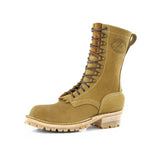
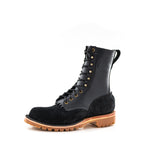

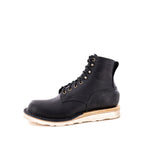
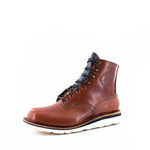
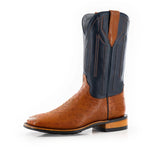
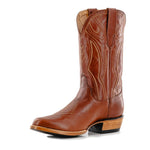
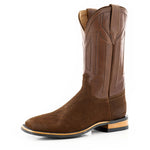



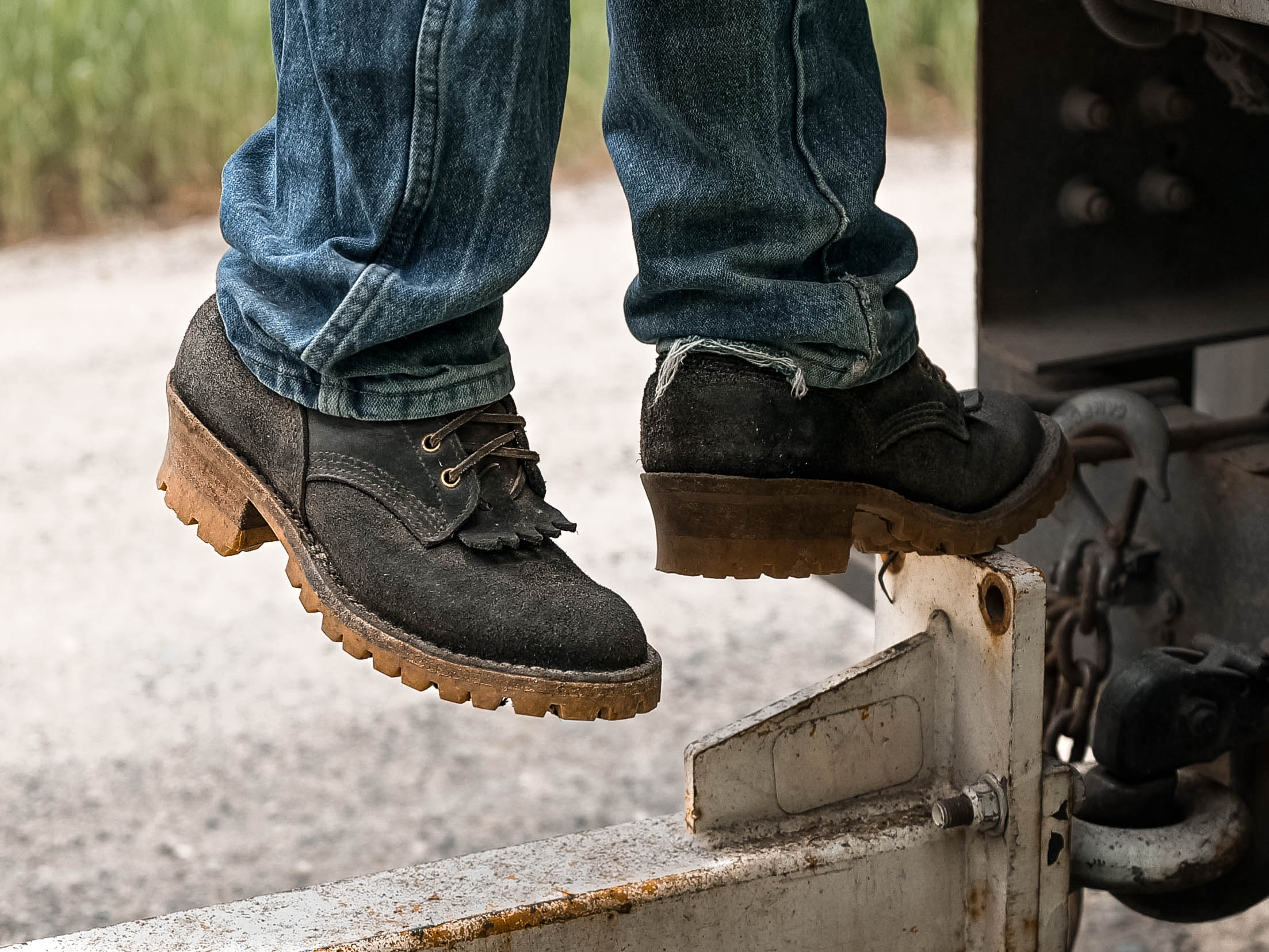
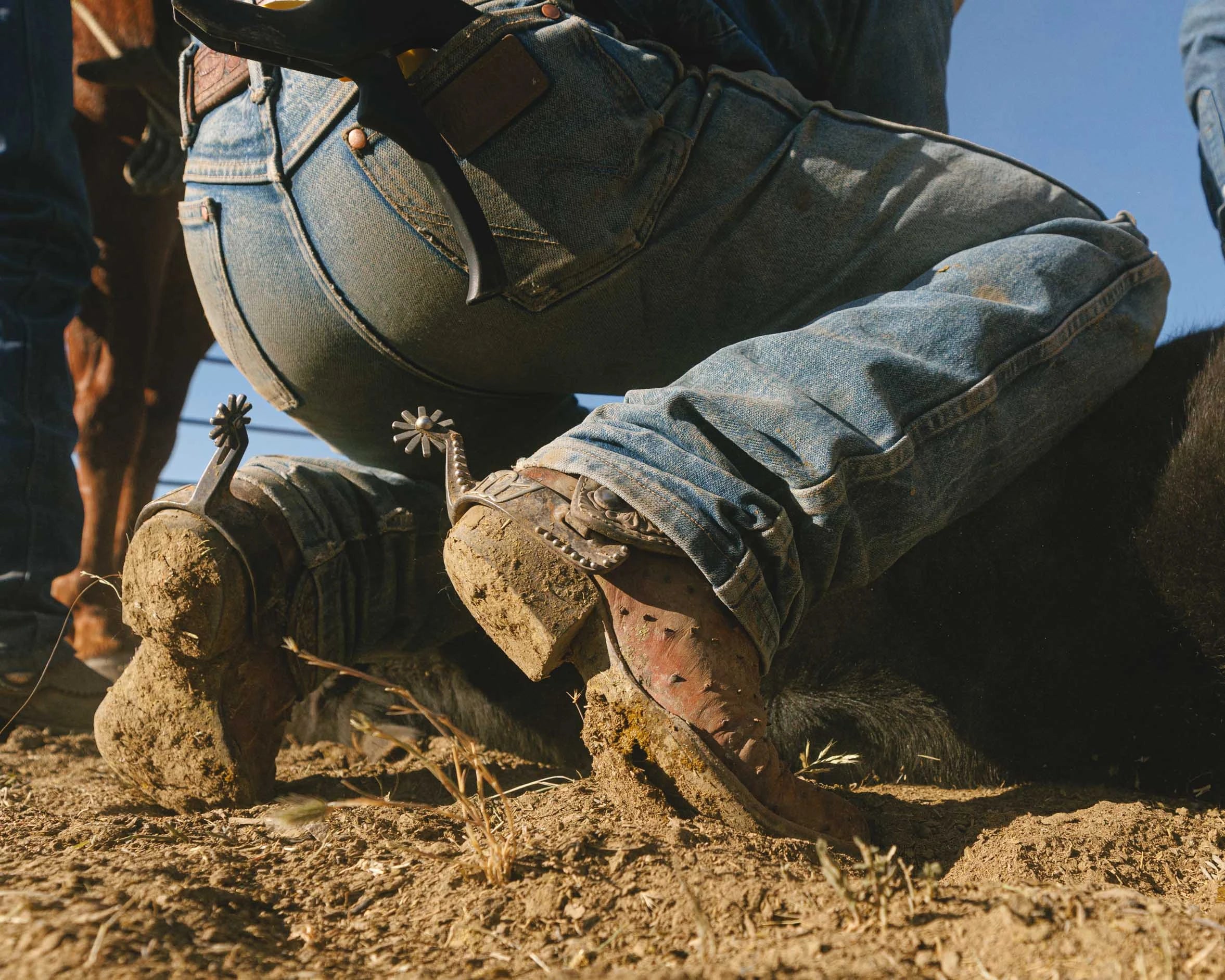
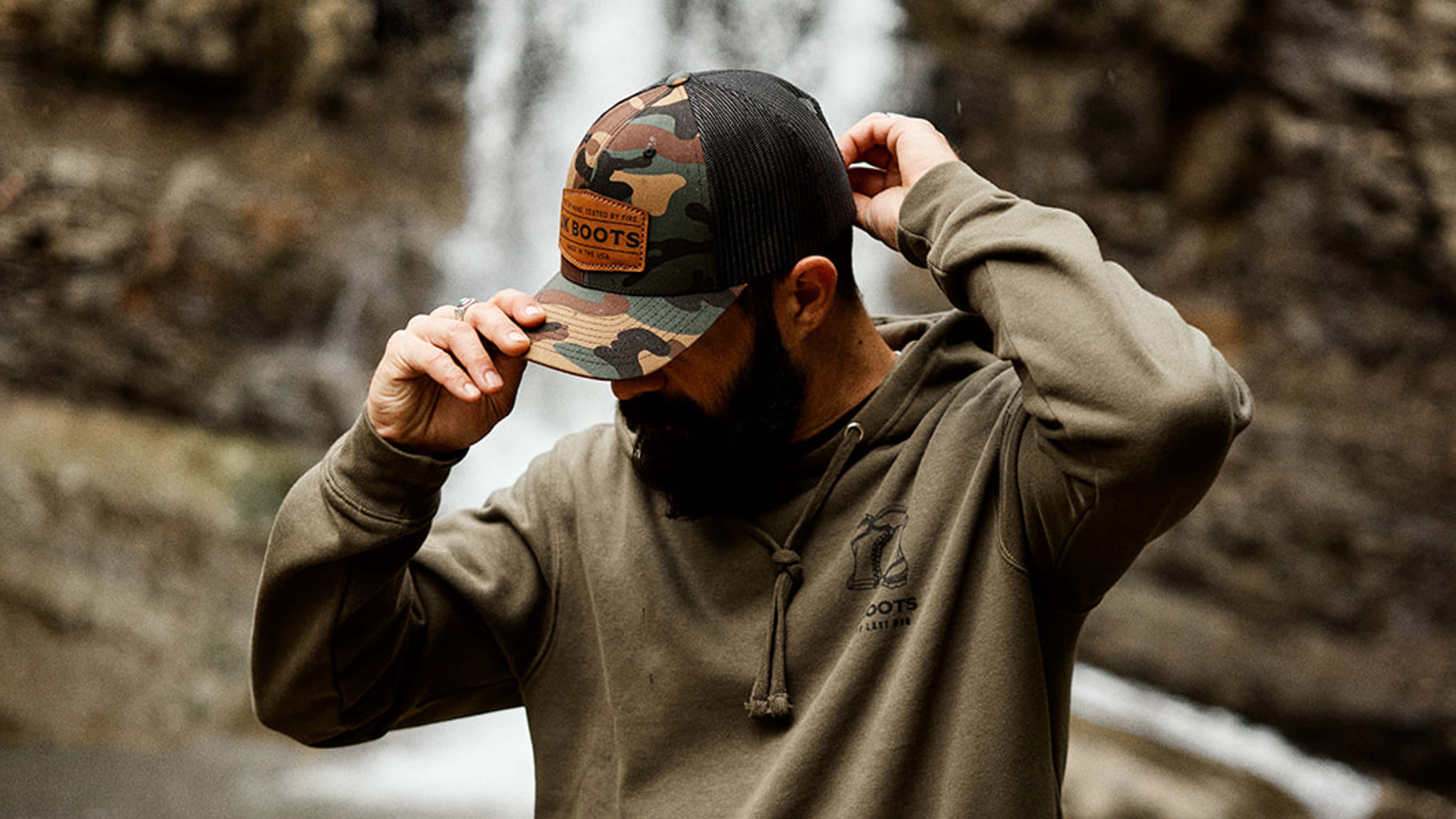
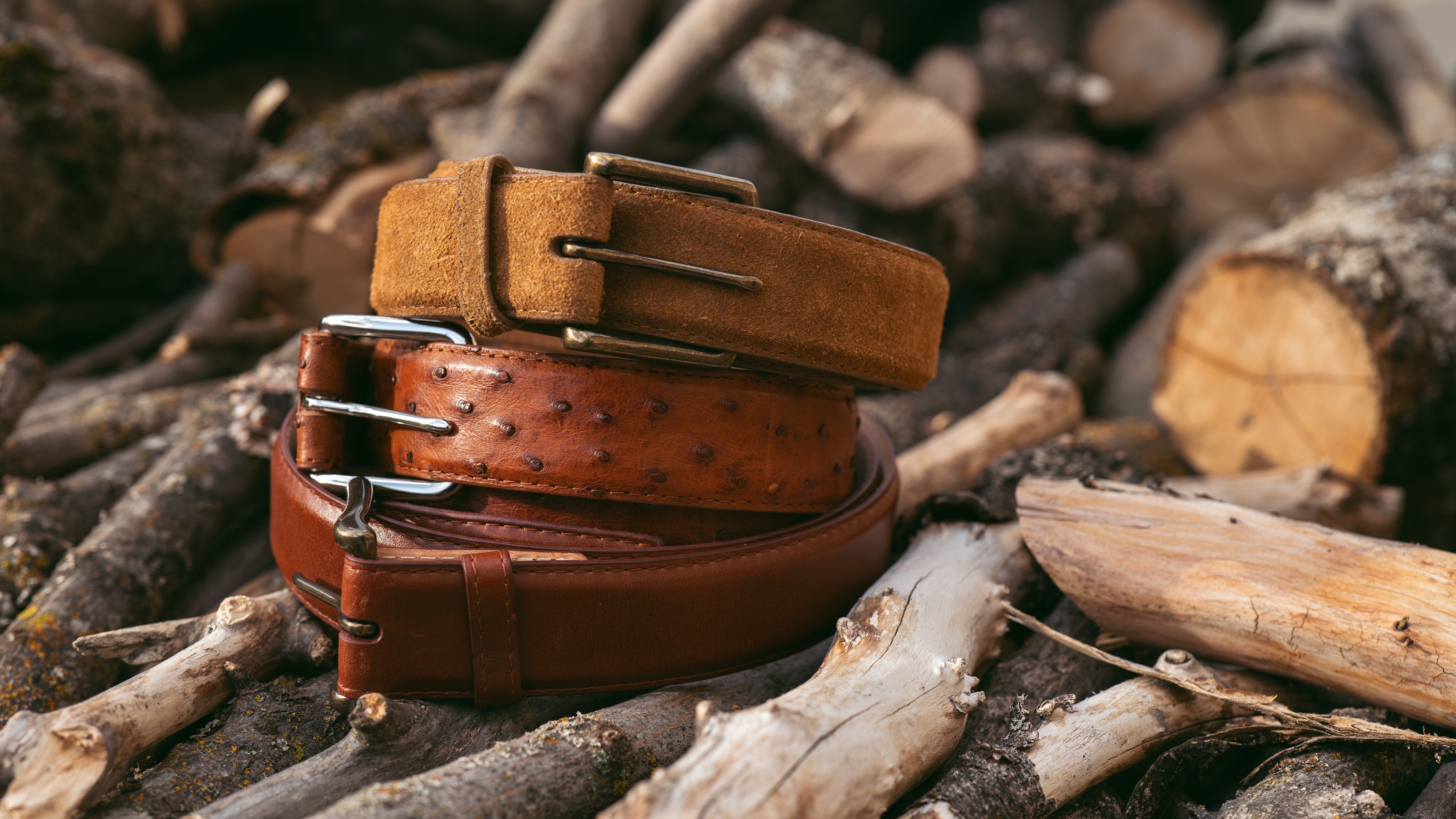

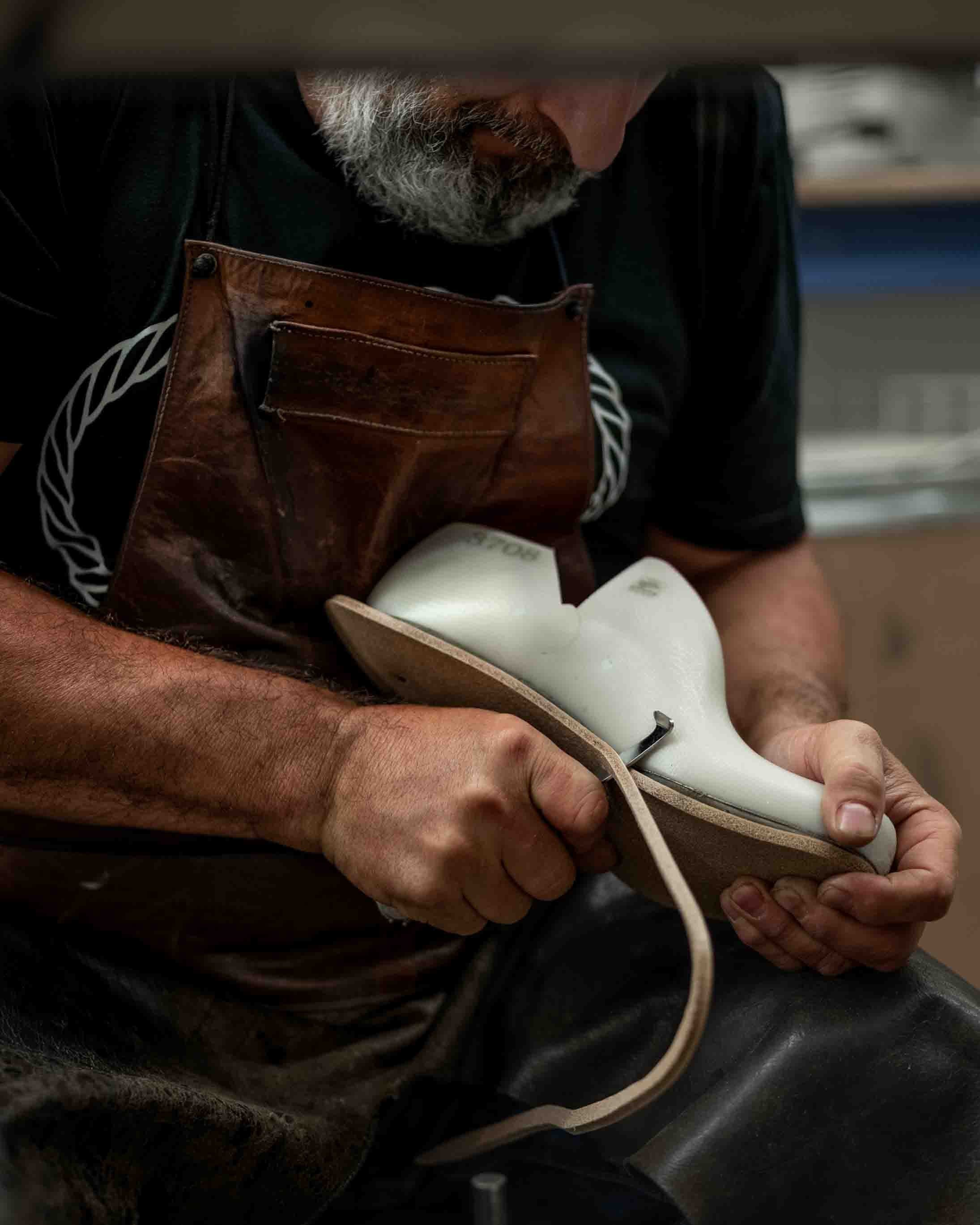
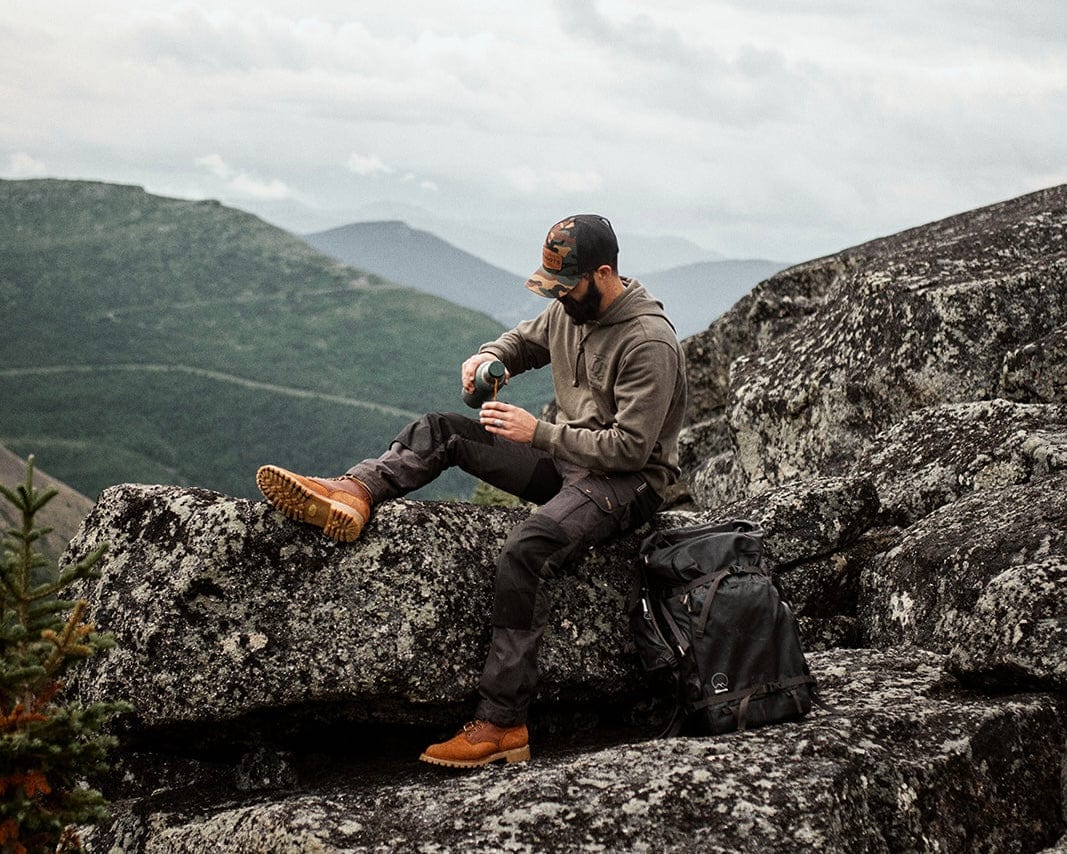

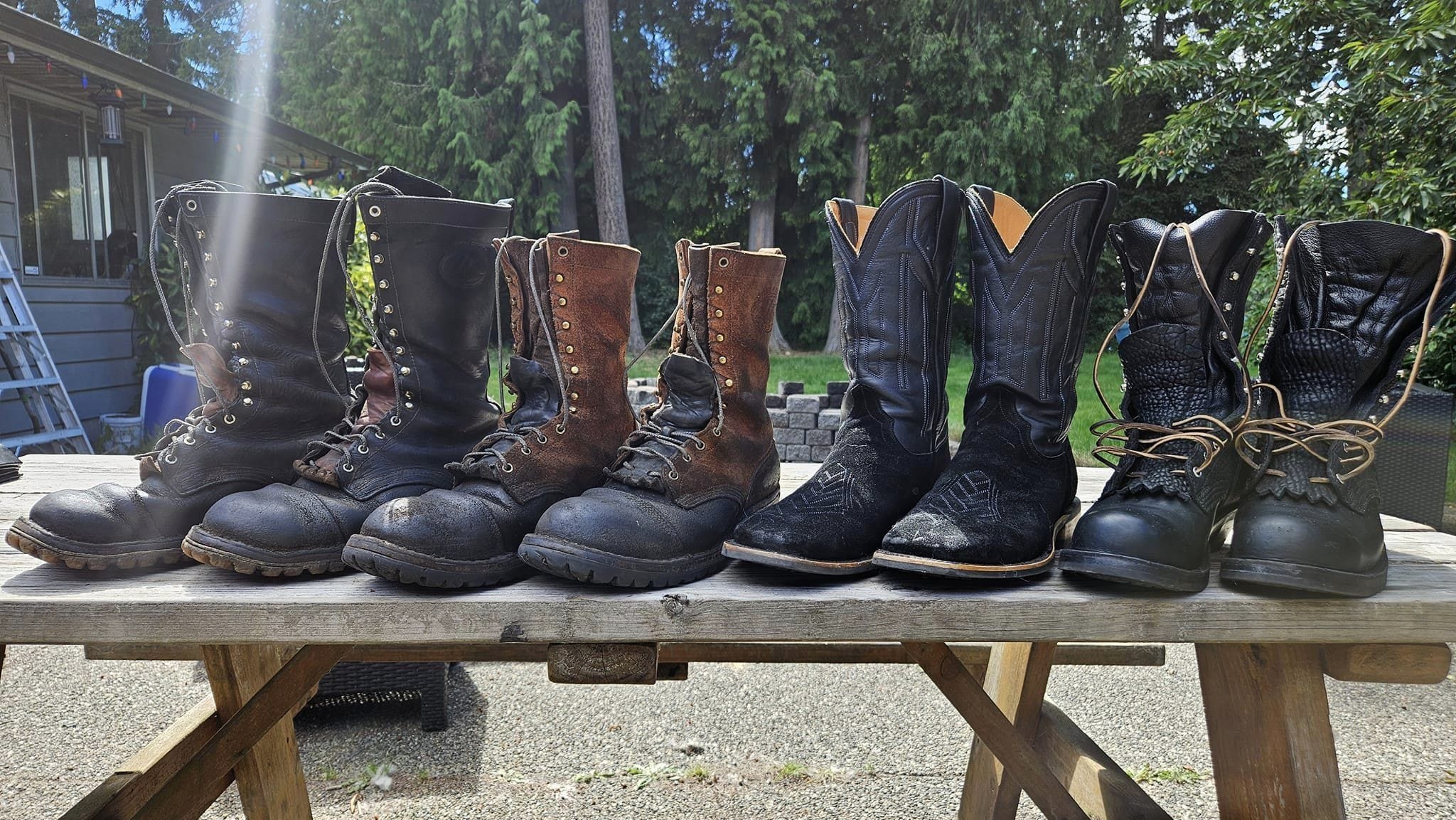
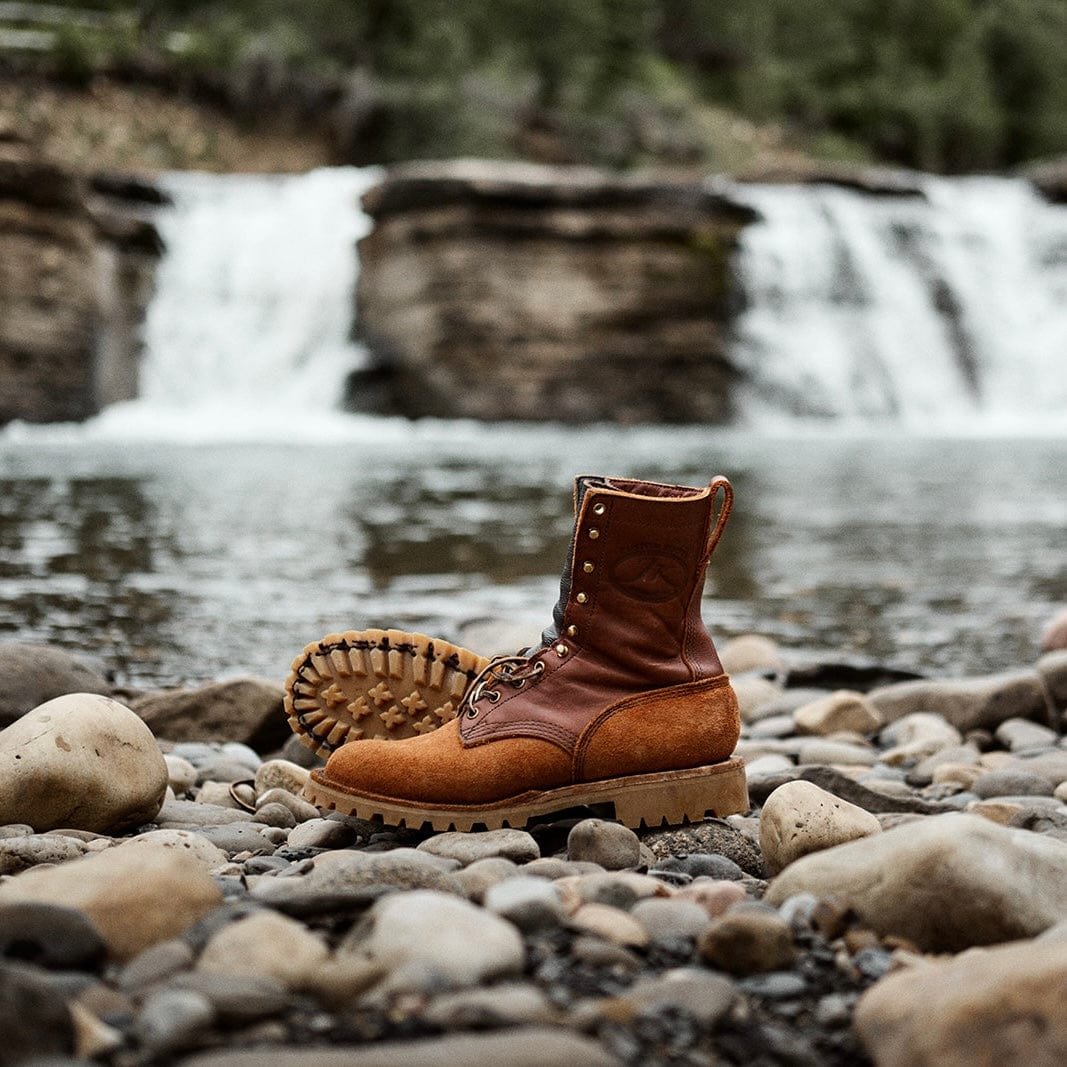
I’ve been wearing a size 9 1/2 D but this size lets my foot roll sideways when I am working on hill sides (which my property is). As per the instructions on your website I find that my boot size should be 9 3E. Wouldn’t that be a larger width and increase the sliding around of my foot as I already have a problem with calluses?
I would welcome your comment as I’m contemplating purchasing a pair of boots using the memorial day discount.
I would be interested in a pair of 10 1/2 A packers medium toe, 2 1/4" dogger heel , dark brn vamp, lt. Brn. Shank.
Kindly send me the chart so i can figure out my side and how wide my boots should be. I did look for it on your web site but i was unable to locate it.
Thanks
Mac The Greek
Leave a comment